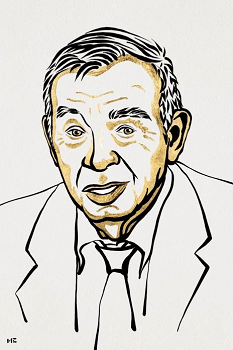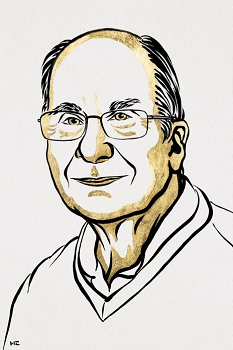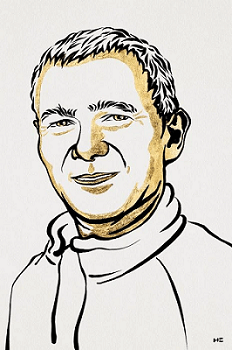STOCKHOLM, Oct. 4, 2023 — Moungi Bawendi, Louis Brus, and Alexei Ekimov have been awarded the 2023 Nobel Prize in chemistry for the discovery and development of quantum dots, which are nanoparticles small enough that their size determines their properties. These discoveries have led to advancements in nanotechnology that are now used in products such as televisions, LED lamps, QLED screens, and technology that allows biochemists and doctors to map biological tissue.
Bawendi, Brus, and Ekimov were awarded 11 million SEK ($989,495) to be shared equally.

Alexei Ekimov, formerly the chief scientist at Nanocrystals Technology Inc. Courtesy of Niklas Elmehed, Nobel Prize Outreach.
In the early 1980s, Alexei Ekimov succeeded in creating size-dependent quantum effects in colored glass. The color came from nanoparticles of copper chloride. Ekimov demonstrated that the particle size affected the color of the glass via quantum effects.
A few years later, Louis Brus would be the first scientist in the world to prove size-dependent quantum effects in particles floated freely in a fluid.

Louis Brus, professor of chemistry at Columbia University. Courtesy of Niklas Elmehed, Nobel Prize Outreach.
In 1993, Moungi Bawendi revolutionized the chemical production of quantum dots, resulting in almost perfect particles. The breakthrough supported their use in distinct applications.

Moungi Bawendi, professor at MIT. Courtesy of Niklas Elmehed, Nobel Prize Outreach.
Beyond the uses that nanoparticles play in the lives of many today, researchers believe that in the future they could contribute to flexible electronics, tiny sensors, thinner solar cells, and encrypted quantum communication.